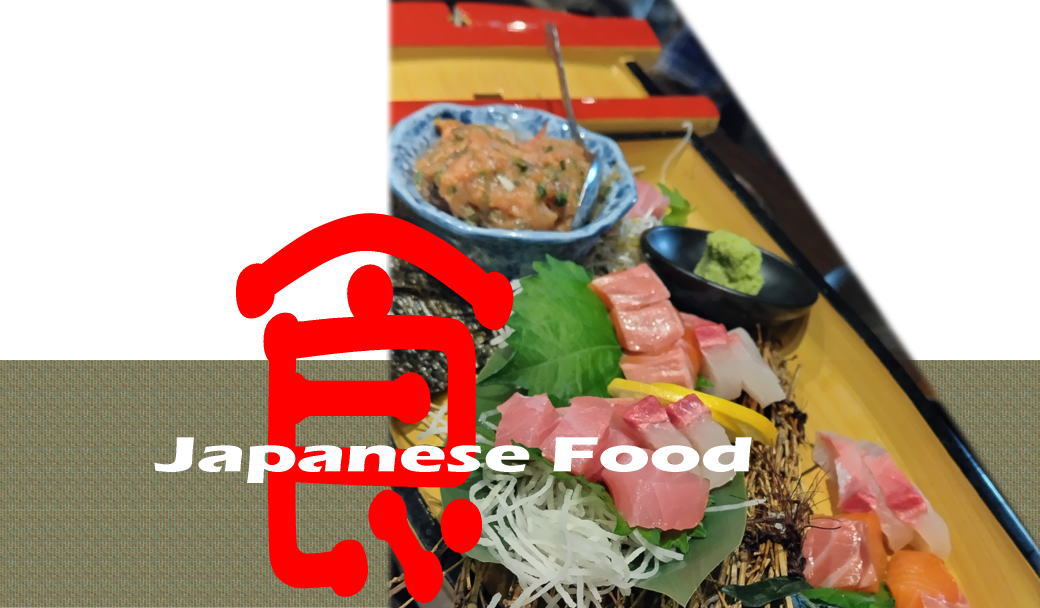Last update September 19, 2025
Japanese Food - Gohan -

Gohan
ごはん, ご飯
Cooked Rice
The equivalent of the Western world’s bread, the word “Gohan“ also means food in general, as a necessity for sustaining life. Or a meal, as in “Have you finished your Gohan?” Yes, it means “rice”, but we specifically mean “cooked rice” by this term. Another word with the same definition is Meshi, which is often used in a technical context but may lack politeness in social interactions. For uncooked or plant rice, there’s the word Kome. With all this said, let me show you various kinds of Gohan. First of all, when we say Shiro Gohan (Shiro: white), it’s plain rice. Takikomi Gohan is rice cooked and seasoned together with small-cut vegetables, mushrooms, chicken or other ingredients. So basically, you can mix season’s food materials together with rice to cook “such-and-such Gohan (Meshi)”, and this is how we enjoy every season. In spring, there’s Takenoko Gohan cooked with Takenoko (bamboo shoots). Early summer is for Mame Gohan, boiled with green peas. And in autumn there are Matsutake Gohan and Kuri Gohan, cooked with Matsutake mushrooms and chestnuts respectively.
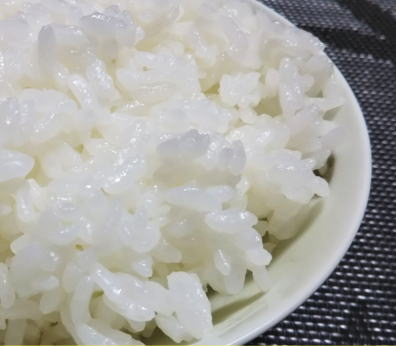
Shiro Gohan served in a bowl.
|
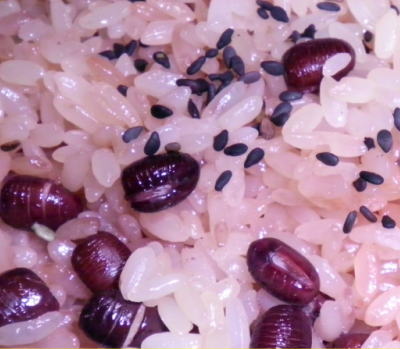
Seki Han or red rice, cooked with Azuki beans.
|
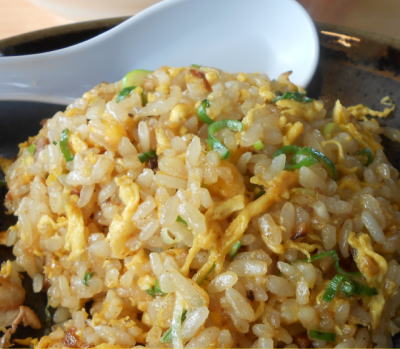
Chāhan or Chinese-style stir-fried rice.
|
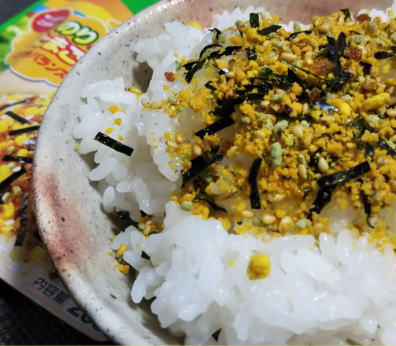
Gohan sprinkled with Firukake.
|
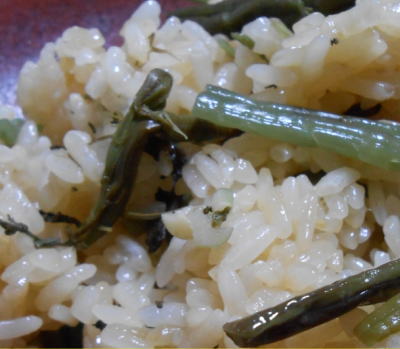
Sansai Okowa or glutinous rice cooked with mountain vegetables.
|
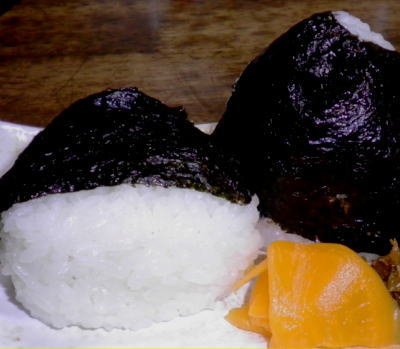
Omusubi or rice balls wrapped in a Nori sheet.
|
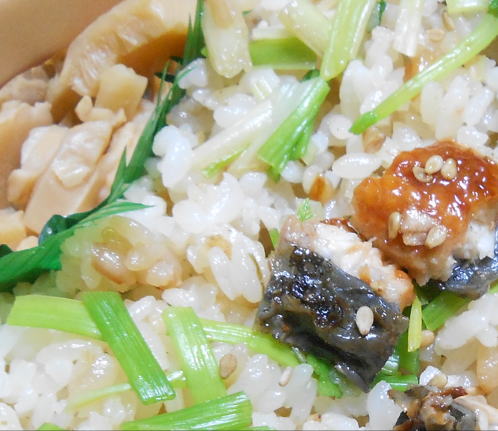
Seri Gohan mixed with Seri (Japanese parsley) and Unaghi (eel)..
|
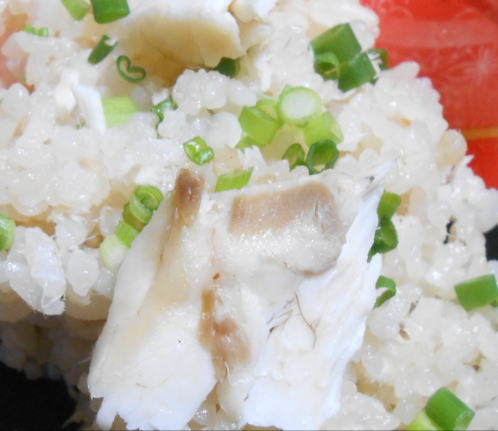
Tai Meshi (Sea bream Gohan) with minced Neghi (Welsh onion).
|
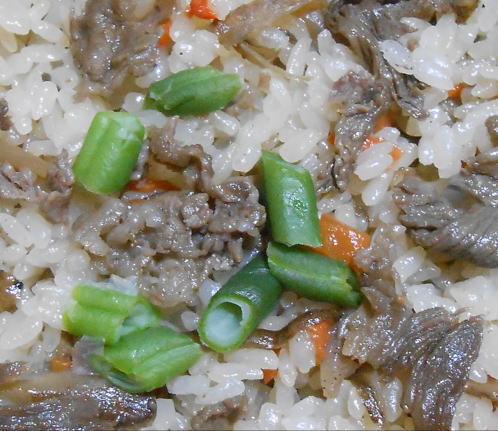
Gyū Gobō Gohan (Beef and Gobō rice).
|

Shiro Gohan served in a bowl.

Seki Han or red rice, cooked with Azuki beans.

Chāhan or Chinese-style stir-fried rice.

Gohan sprinkled with Firukake.

Sansai Okowa or glutinous rice cooked with mountain vegetables.

Omusubi or rice balls wrapped in a Nori sheet.

Seri Gohan mixed with Seri (Japanese parsley) and Unaghi (eel)..

Tai Meshi (Sea bream Gohan) with minced Neghi (Welsh onion).

Gyū Gobō Gohan (Beef and Gobō rice).
|
|

